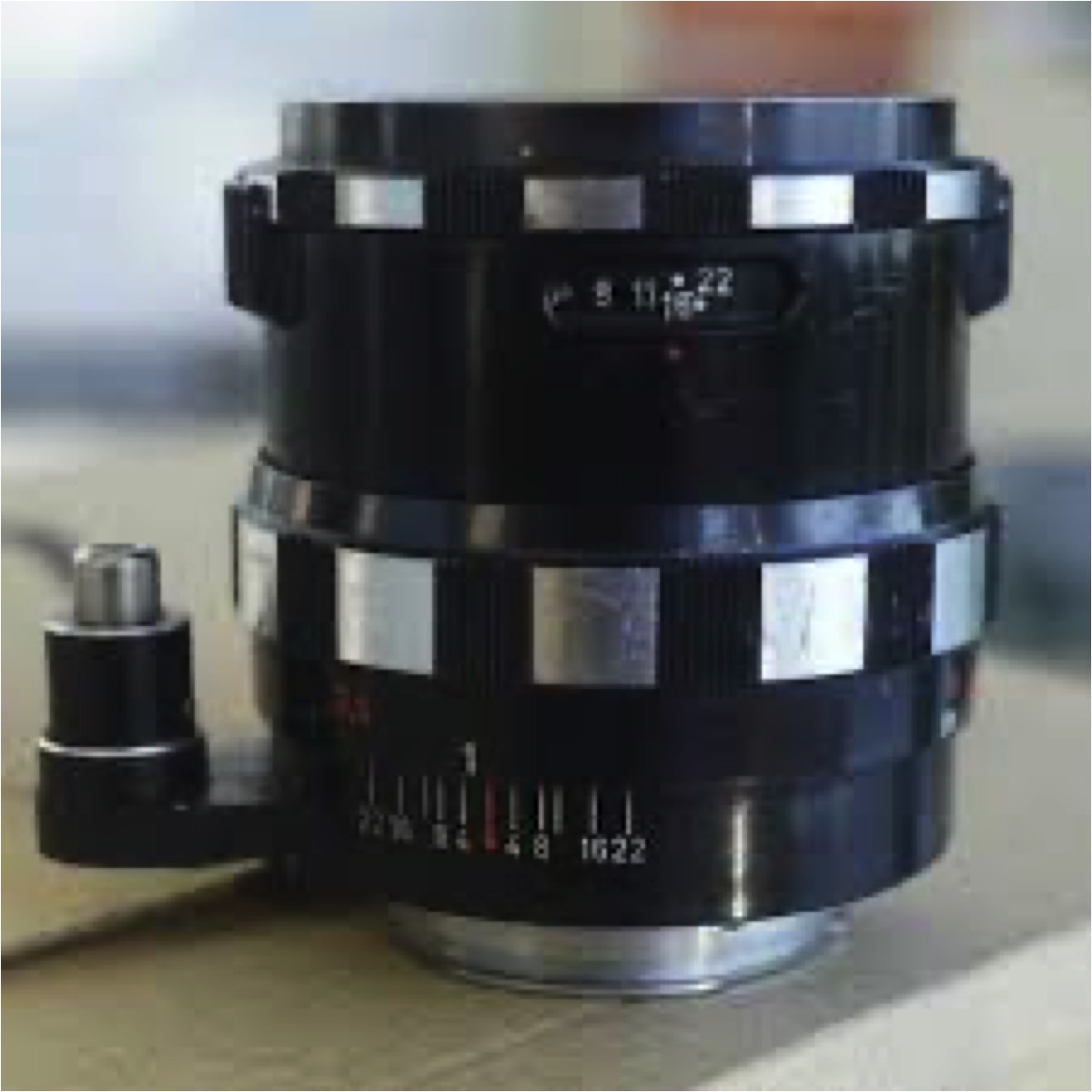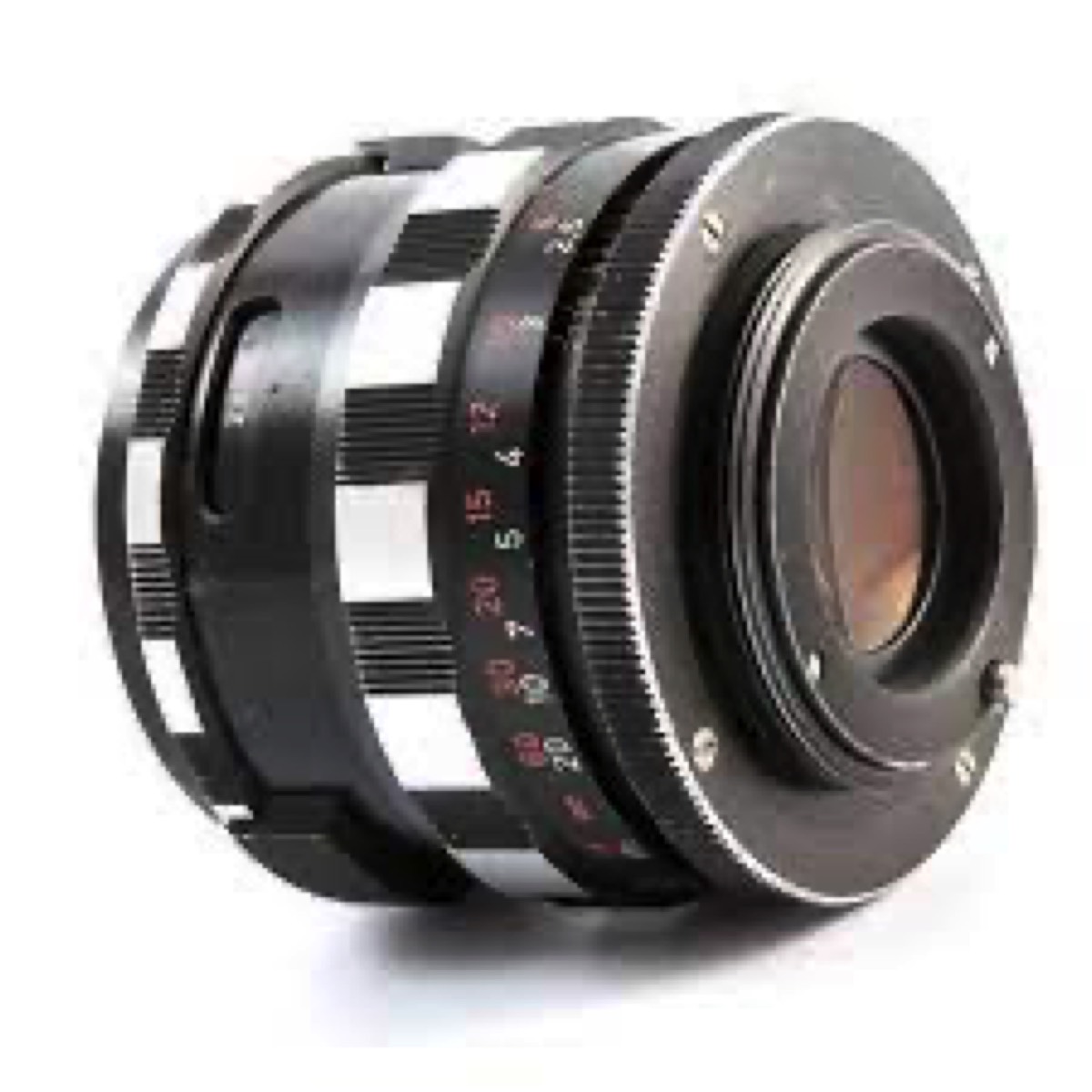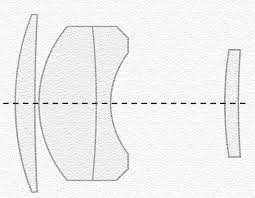The Lens details of a series of images taken by Steve Cushing on mirrorless camera.
A.Schacht Ulm Edixa-Mat-Travenar 90 mm f/ 2.8 lens
History
A Schacht Ulm was a camera lens manufacturer based in Ulm, West-Germany. The full name of the trade mark is A.Schacht Ulm. Schacht founded his own company.
Albert Schacht actually founded his optical company in Munich in 1948. Before that he worked for CZJ from 1913-1919 then from 1919-1926 for ICA AG, and from Zeiss Ikon AG until 1939. From 1939-1946 he worked for Steinheil Munich before setting up the company.
In 1954 he moved production to Ulm on the Danube. The Schacht lenses were all developed by Ludwig Bertele (Sonnar designer). After working together with Albert Schacht at Zeiss, Bertele founded a design office in Switzerland. Schacht initially only built and supplied his lenses to various camera manufacturers.
After the Second World War, the collapse and the division of Germany into two German states, East and West as such West German companies concentrated engineering know-how, creative inventiveness, and at least at the beginning a healthy economic development. that only came to a painful end in the 1970s and 1980s with the rise of automated Far Eastern forms of production.
The lenses were all designed for him by Dr. Ludwig Bertele who designed many of the Zeiss lenses. In my opinion, Bertele is nothing short of a genius. He made very bright F-number lenses in a time where anti-reflective coatings did not exist, and in a time when glass choices were still primitive. Born Ludwig Jakob Bertele (25 December 1900 – 16 November 1985) he became a very famous German optics designer. His developments received universal recognition and serve as a basis for a considerable part of the optical designs used in lenses today. The Edixa-Mat-Travenar 90 mm f/ 2.8 lens lens hit the market in 1962-1963 but the company folded in 1970 so not many copies of this lens were ever made making it quite rare.
Schacht also partnered with and developed lenses for the German company Wirgin, which had the Wirgin and Edixa brands.
Lenses up to serial no. 30,000 are known. Like ENNA or Steinheil, Schacht was not one of the original suppliers of Exakta. Schacht lenses were also all available with an M42 connection, some with a Praktina bayonet or M39 connection for the Leica.
Schacht was also the original equipment manufacturer for a few cameras, such as the Edixa or Leidolf (Lordomat). Schacht also supplied some recording accessories, the 5-part intermediate rings in the "zebra design" and above all the travemat, a TTL prism viewfinder with built-in exposure meter, comparable to the EXAMAT from Harwix, are known.
In 1967 the company was taken over by the Constantin Rauch screw factory and shortly thereafter sold to Will Wetzlar. The production of Schacht lenses was discontinued in 1970.
Schacht prospectus 1954 The first lens developed for the Exakta was the Albinar 4.5 / 135 in 1952. It was produced in Munich exclusively for export to the USA. This lens, renamed Travegon in 1954, is a 4-lens normal construction (no telephoto); the lens head can be used separately.
In 1954 a portrait and a faster telephoto lens were added; the first delivery brochure with this lens line dates from 1954 and contains four lenses. The Travenar 2.8 / 50 normal lens is comparable to Leitz Elmar, Zeiss Tessar or Schneider Xenar. The two longer focal lengths, Travenar 2.8 / 85 and Travenar 3.5 / 135, are "real" tele constructions. All lenses are coated (marked diamond) and still labeled “Munich Shaft”. In 1956 a wide angle was added to the series (already at the new Ulm location).
During the late 1960s, Leitz marketed the Schacht 35mm, 90mm and 135mm lenses in rangefinder screw fitting to meet the small but steady demand for lenses to fit the earlier screw cameras. The quality is very good, both optically and mechanically. The 135 was made in a two-piece mount where the optical section - which included the focusing mount - could be separated from the rear portion and used directly on a Visoflex II or III. Very neat indeed. The 135 was the most popular, followed by the 90. The 35mm was a retrofocus design 'borrowed' from the firm's slr range of lenses and looked bulky and out of place on a III, or even a IIIg.
Leitz marketing literature implied that these three lenses were required to meet standards laid down by themselves, but how far this was true I can't say. What I do say is that if the lens you get is one of this family and in good condition you'll find nothing to complain about in the context of 1960s optics.
Most Schacht lenses are 4-lens constructions.
Schacht was one of the first lens manufacturers to deliver SLR lenses with an automatic aperture. This was a preselection spring cover, a special feature of Schacht. This had the advantage over the aperture preselection constructions commonly used at the time that the preselected aperture value was automatically set after pressing a button on the lens. This diaphragm variant is the spring diaphragm mechanism.
This Lens
The quality of these lenses, both optically and mechanically, is excellent but they are quite rare to find. Compared with other German lenses from the period, A. Schacht lenses have their own personality and "feel" to them. This is a rare but classic portrait lens. It has a compact design and a 16 blade aperture. The build quality is excellent, so the lens feels solid and very well made. It has the same zebra design as other A. Schacht Ulm lenses and being a preset-aperture lens, it has no auto/manual switch. From an optical perspective, things look great as the glass is of very high quality. Consequently, images look very interesting, both delicate and sharp, with natural, well rounded colours.
This lens is the Travenar 1: 2.8 / 90mm R, automatic diaphragm (ASB)
The 4-lens Travenar portrait lens was given the new black anodised housing with the bare "mountain and valley" handle rings at the end of the 1950s. Around 1960 it was replaced by this newer version with a slightly changed focal length to 90mm. It was only available from 1965 with a fully automatic pressure aperture and the automatic depth of field display and in this version only available for the Edixa. For the Exakta, only the spring cover version was initially available. It was not until 1968 that the Travenar 2.8 / 90 and 3.5 / 135 were also presented for the Exakta in a version with a fully automatic pressure screen.
The Travenar 2.8 / 90 Travenar 2.8 / 904-lens is a portrait lens with 28 ° angle of view, automatic spring diaphragm up to 22, black anodised aluminium frame with blank / black setting rings in "mountain and valley design", lens connection ring in brass-chrome-plated design, distance setting from 1m, 49mm filter thread, weight 240g, and original retail price of 210 DM.
This lens does NOT follow the Sonnar optical formula although many websites claim that is does, probably because the Zeiss Sonnar is a photographic lens originally also designed by Dr. Ludwig Bertele in 1929 and patented by Zeiss Ikon and it was also notable for its relatively light weight, simple design and fast aperture as this lens is. It has an optical design: 4 elements 3 groups (And no it is not a Tessar either!) Yes similar but not the same as the Sonnar 135 f4 yet also different!
To create an image of the optical design above I had to dismantle the lens! Excuse my poor sketching skills the straight lines should be slightly curved. It reminds me of the optics on the Enna 2.8/90mm but this is almost certainly the other way around as Dr. Siegfried Schäfer was the primary design engineer at Enna Werk and was responsible for many of the Enna lens designs. Many of his designs were based on drafts by Ludwig Bertele, as we know the designer of this Travenar lens and the Ernostar and the famous Sonnar. The Enna thus being a poorer quality copy of the optical format.
The Travenar has a very nice Bokeh and a near perfect colorendering.
With the 16 blades the transient from fore- to background is warm colored an smooth
The minimum focusing distance is 1m.
Weighs around 214g.
16 blade aperture.
Very saturated colours.
Lovely bokeh.
Summary
The greatest strengths of this lens is its size and bokeh - with a 16 bladed aperture, you would expect great bokeh rendering and this lens does not disappoint at all.
For general information on lens design and lens elements go to the homepage
HERE






